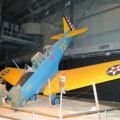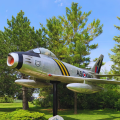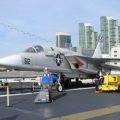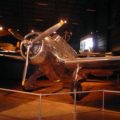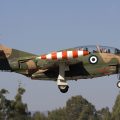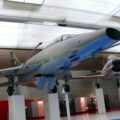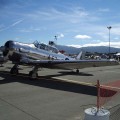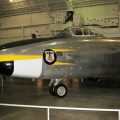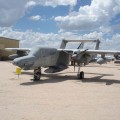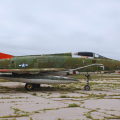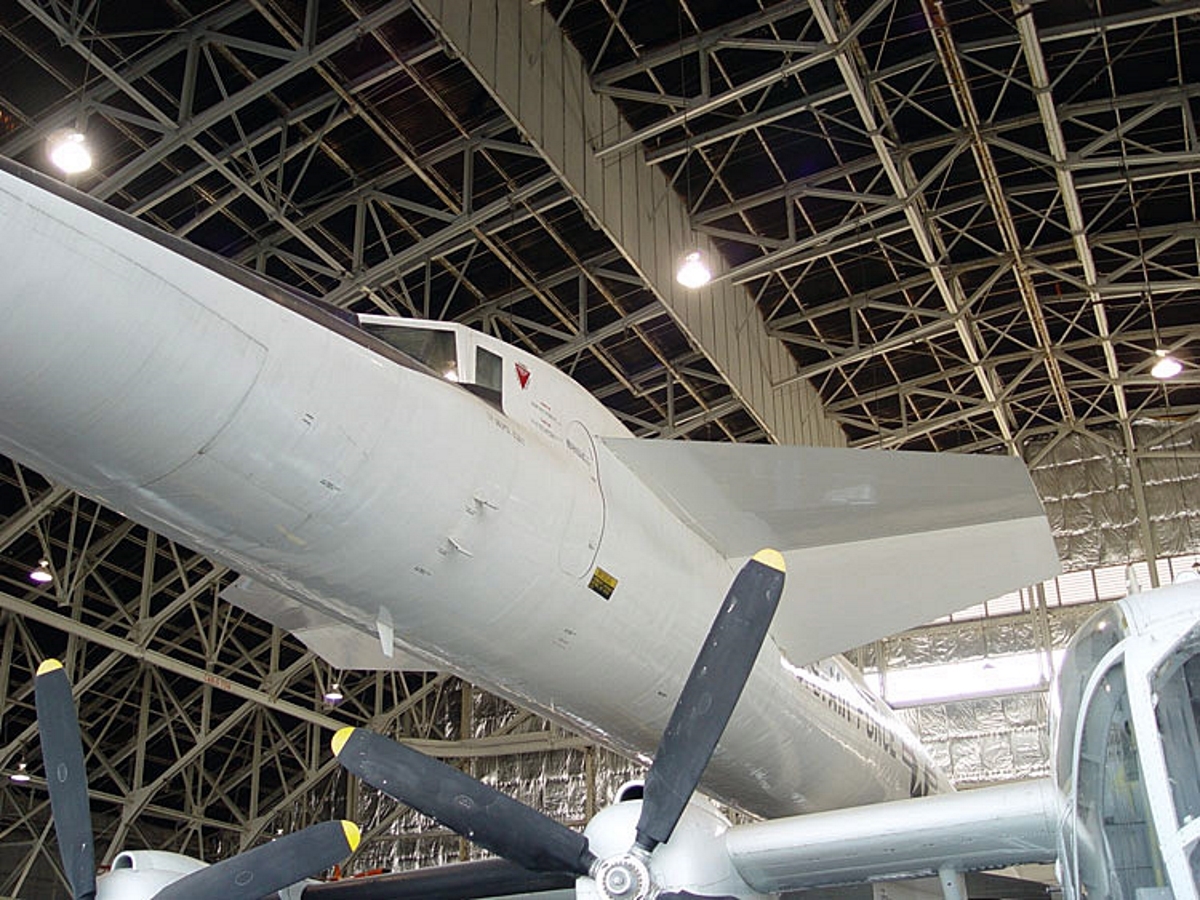
North American XB-70 Valkyrie | |
|---|---|
| Ország | Usa |
| Szerepet | Strategic bomber – Supersonic research aircraft |
| Első repülés | 21 September 1964 |
| Beépített | 2 |
A Észak-amerikai repülés XB-70 Valkyrie was the prototype version of the planned B-70 nuclear-armed, deep-penetration strategic bomber for the United States Air Force Strategic Air Command. Designed in the late 1950s by North American Aviation, the six-engined Valkyrie was capable of cruising for thousands of miles at Mach 3+ while flying at 70,000 feet (21,000 m).
| Észak-amerikai XB-70 Valkyrie séta körül | |
|---|---|
| Fotósok | John Heck, Vlagyimir Jakubov |
| Lokalizáció | Az USAF Nemzeti Múzeuma |
| Fénykép | 134 |
Kapcsolódó készletek:
Keresse készletek az eBay-en:
Lásd még:
The North American XB-70 Valkyrie was a prototype of a supersonic bomber aircraft that was designed and built by North American Aviation in the 1950s and 1960s. The XB-70 was intended to fly at Mach 3 (three times the speed of sound) and reach altitudes of over 70,000 feet (21,000 meters), where it would be immune to enemy interceptors and missiles. The XB-70 was also designed to use a phenomenon called compression lift, which increased its lift and reduced its drag by riding on its own shockwave.
The XB-70 was one of the most ambitious and advanced aircraft projects of its time, but it also faced many technical and political challenges. The development of the XB-70 was plagued by cost overruns, delays, design changes, and accidents. The emergence of intercontinental ballistic missiles (ICBMs) and anti-aircraft missiles also reduced the need for a high-speed bomber. As a result, the U.S. Air Force cancelled the XB-70 program in 1961, after only two prototypes were built.
The two XB-70 prototypes flew a total of 129 test flights between 1964 and 1969, demonstrating their impressive performance and capabilities. However, they also encountered several problems, such as engine failures, structural damage, and control issues. The most tragic incident occurred on June 8, 1966, when the second prototype collided with a smaller chase plane during a photo shoot and crashed, killing two of the four crew members. The first prototype survived until 1969, when it was retired and donated to the National Museum of the U.S. Air Force in Ohio.
The XB-70 Valkyrie remains one of the most iconic and influential aircraft in aviation history. It inspired many other designs, such as the B-1 Lancer, the Concorde, and the Tu-144. It also contributed to the advancement of aerospace technology and research, such as supersonic aerodynamics, materials science, propulsion systems, and flight control. The XB-70 Valkyrie was a remarkable achievement of engineering and innovation that pushed the boundaries of flight.
Views : 3404


